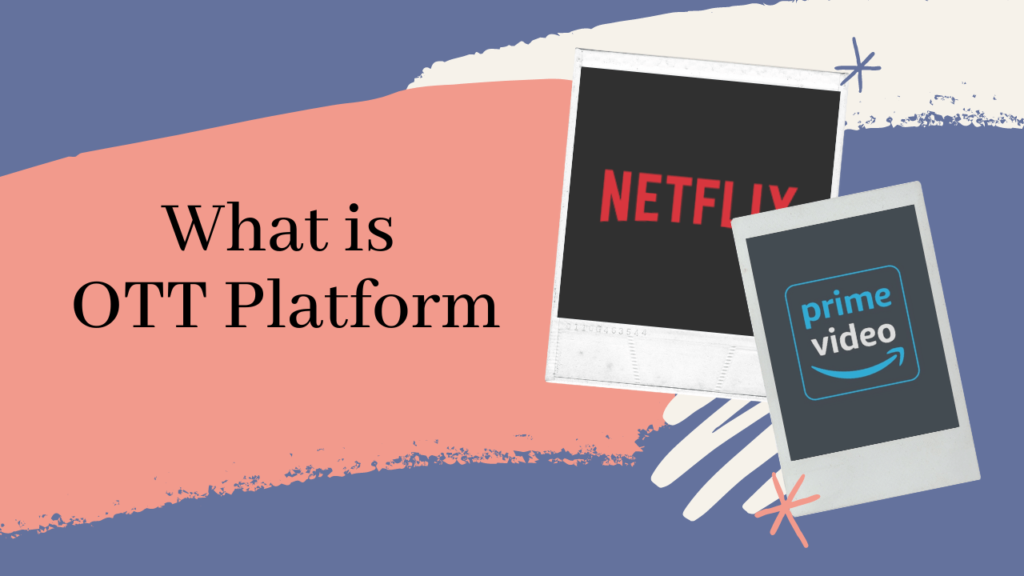What is OTT platforms – OTT Full Form

Over-The-Top (OTT) platforms have revolutionized the way we consume video content. OTT refers to streaming media services that deliver content over the internet, bypassing traditional cable and broadcast TV networks. OTT platforms provide on-demand access to movies, TV shows, documentaries, and other video content, which can be accessed on a variety of devices, including smartphones, tablets, laptops, smart TVs, and streaming media players.
The rise of OTT platforms can be attributed to the widespread availability of high-speed internet, which has made it possible to stream high-quality video content without buffering or lag. Additionally, consumers have increasingly turned to OTT platforms as a more flexible and cost-effective alternative to traditional cable or satellite TV packages.
OTT platforms offer a number of advantages over traditional TV networks. First and foremost, they provide consumers with the freedom to watch their favorite shows and movies whenever and wherever they want. Unlike traditional TV networks, which are limited by broadcasting schedules and geographic restrictions, OTT platforms can be accessed from anywhere with an internet connection. This makes them particularly popular among younger viewers, who prefer to consume video content on their own terms.
Another advantage of OTT platforms is their ability to personalize content recommendations based on users’ viewing habits. OTT platforms use algorithms to track users’ viewing history and make recommendations based on their interests. This makes it easier for users to discover new content that they may be interested in, and can help to keep them engaged with the platform over time.
OTT platforms also offer a wider selection of content than traditional TV networks. Unlike cable and satellite TV packages, which are often limited by licensing agreements and regional restrictions, OTT platforms can offer a vast library of content from around the world. This means that users can access a wider variety of shows and movies than they would be able to with traditional TV networks.
OTT platforms have had a significant impact on the traditional television industry. They have disrupted the traditional TV business model, which relied on advertising revenue and subscriptions to cable and satellite TV packages. This disruption has forced traditional TV networks to adapt to the changing landscape by offering their own streaming services and partnering with OTT platforms to distribute their content.
One of the most popular OTT platforms is Netflix, which has over 200 million subscribers worldwide. Netflix has been particularly successful in producing its own original content, such as the hit series “Stranger Things” and “The Crown”. Other popular OTT platforms include Amazon Prime Video, Disney+, Hulu, HBO Max, and YouTube TV.
While OTT platforms have many advantages over traditional TV networks, they also face a number of challenges. One of the biggest challenges is the increasing competition in the market. As more companies enter the space, OTT platforms will need to differentiate themselves by offering unique content and features.
Another challenge for OTT platforms is the issue of content piracy. Because content is distributed over the internet, it is easier for users to illegally download and share copyrighted material. OTT platforms must work to protect their content from piracy in order to maintain their revenue streams.
In conclusion, OTT platforms have disrupted the traditional television industry by offering consumers a more flexible and cost-effective way to access video content. As the market continues to evolve, OTT platforms will need to adapt to changing consumer preferences and increasing competition in order to remain successful.